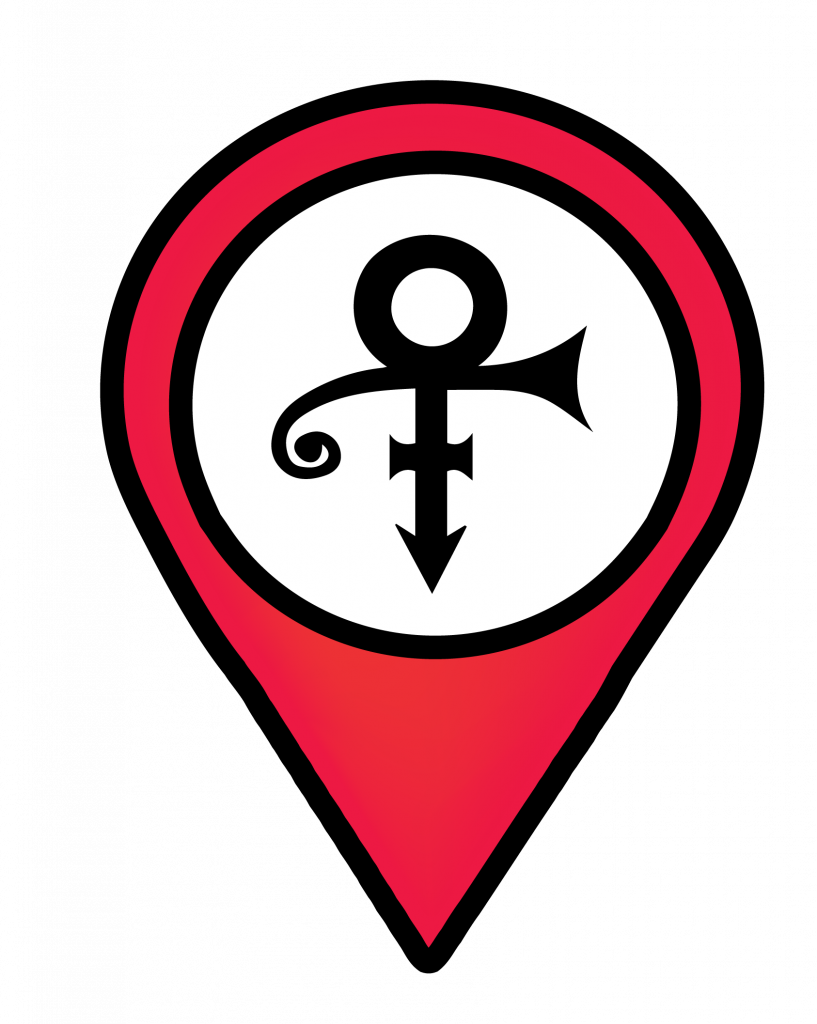14.1 Chapter Objectives

Learning Objectives
Our goal for this chapter and the next is to provide you with a biological understanding of how babies are made, from fertilization through the post-partum (or post-birth) period. While our emphasis is on human reproduction, and we assume human reproduction is eminently interesting to most readers, we’ll refer to other organisms as well. All organisms reproduce, and there is a dizzying array of fascinating reproductive stories beyond that of humans. In this chapter we will explore copulation and fertilization. In the next chapter, we will follow the fertilized embryo through its development.
By the end of your reading and our in-class discussion, you should be able to do the following.
- Define the following terms:
- Fertilization
- Internal fertilization
- External fertilization
- Pollinators/pollination
- Pollen
- Monoecious
- Dioecious
- Anther/filament
- Stigma/style
- Spermatophore
- Cloaca
- Monotremes
- Marsupials
- Placental mammals
- Placenta
- Zygote
- Describe how fertilization occurs in a variety of animals.
- Describe common forms of contraception and how they work.
- Evaluate the pros and cons of various types of contraception.
In this chapter we will dive into how reproduction occurs. We will start by looking at the act of copulation, then the event of fertilization (or the joining of sperm and egg) and look briefly at how this task is accomplished across a range of organisms. In the following chapter we will look more closely at mammalian, then specifically human, embryonic and fetal development.

